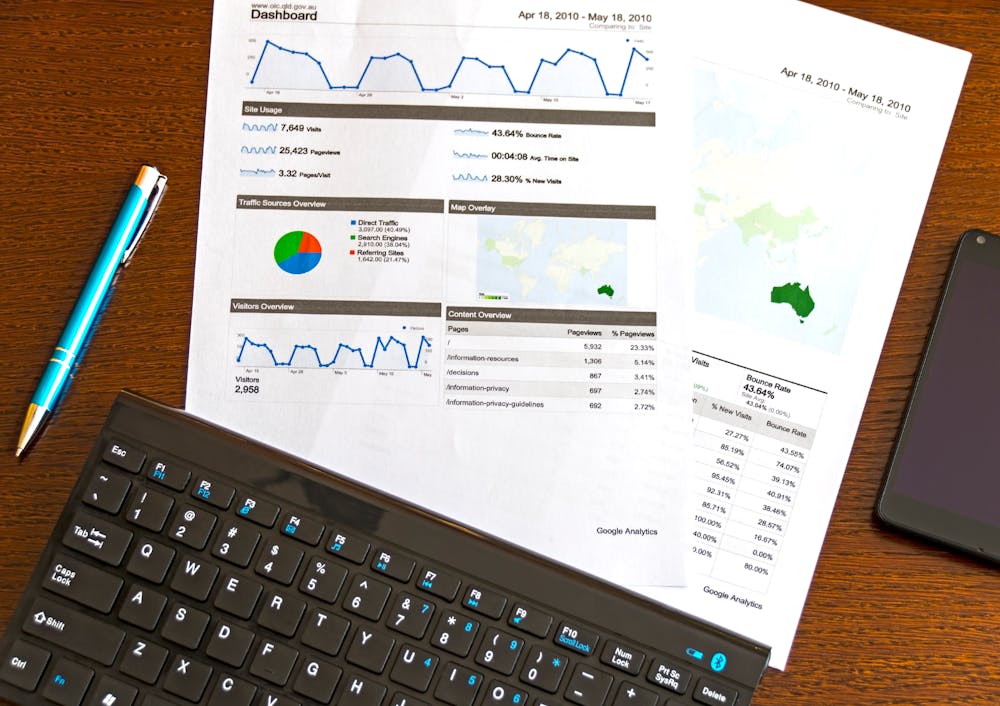In an era dominated by digital marketing, it’s easy to assume that physical advertising is losing ground. However, nothing could be further from the truth. While online campaigns may grab fleeting attention, physical ads continue to deliver powerful and lasting connections—particularly at the local level. From bold street posters to striking murals, these tangible media play a pivotal role in capturing the public’s imagination and trust.
The Tangible Advantage of Physical Advertising
Physical ads—unlike digital banners or social media promotions—exist in the real world. They are unskippable, unintrusive and ever-present. A well-placed mural or bus shelter ad becomes part of the daily environment, fostering repeated exposure without feeling invasive. This constant presence builds brand familiarity and trust over time—key ingredients for engaging with local audiences.
Moreover, physical advertising cuts through the noise. Consumers today are bombarded by thousands of digital messages each day. In contrast, a creative billboard or high-impact street poster has the power to stand out precisely because it’s in the physical space, not part of a screen-based scroll.
Establishing Local Relevance and Community Presence
Local advertising must do more than deliver a message—it must feel relevant to the community. That’s where physical ads shine. Street-level marketing allows brands to position themselves in the very neighbourhoods they’re targeting, blending into the local cultural fabric. A community mural, for example, can express shared values or local pride, generating goodwill and organic word-of-mouth.
This localisation builds a stronger connection between businesses and their audience. When passers-by encounter the same message repeatedly in their environment, the brand becomes more familiar, more credible and more likely to be remembered when purchase decisions are made.
Trust and Authenticity in a Skeptical World
Consumers are increasingly wary of digital advertising. Concerns over privacy, data tracking and ad fraud have led to a general erosion of trust in online marketing platforms. In contrast, physical ads offer a refreshingly transparent experience. There’s no fine print, no cookies, and no hidden algorithms—just a clear message presented in the open.
Furthermore, physical advertising is often perceived as more legitimate and established. The commitment it takes to place a street ad or mural sends a strong signal of credibility and professionalism. This perception enhances the trustworthiness of the brand, especially among local audiences who value transparency and authenticity.
Complementing Digital Campaigns
While it’s tempting to pit physical and digital advertising against each other, the most effective strategies use both in harmony. Physical ads act as a powerful amplifier to digital efforts, reinforcing messages across multiple touchpoints. A commuter might see a striking street poster on the way to work and later encounter the same brand in their social feed. This synergy improves recall and boosts overall campaign performance.
Additionally, physical ads often become content in themselves. People frequently photograph and share creative outdoor installations, extending the reach of the message far beyond the original location. In this way, offline tactics can spark online engagement, creating a bridge between the two realms.
Cost-Effectiveness and Measurable Impact
Contrary to common misconceptions, physical advertising can be highly cost-effective, especially at the local level. Targeted street posters and strategically placed billboards offer excellent reach-to-cost ratios compared to saturated digital spaces. One useful metric for evaluating this efficiency is the advertising-to-sales ratio, which helps businesses assess how much revenue is being generated for every dollar spent on advertising. A favourable ratio reinforces the value of physical campaigns as a smart financial choice.
With modern tracking techniques—like QR codes, short URLs, or custom landing pages—businesses can now measure the direct impact of their physical campaigns with surprising accuracy.
Physical ads also benefit from dwell time—the amount of time people spend engaging with a message. A billboard at a busy junction or a mural near a coffee shop gets noticed repeatedly, each time reinforcing the message. This cumulative exposure often leads to better retention and stronger call-to-action responses.
Adapting to a Post-Digital Fatigue Era
There’s a growing cultural pushback against excessive screen time. Many consumers are seeking out more meaningful, real-world interactions, and advertising is no exception. As audiences become more selective in what they engage with online, brands need to diversify their approach. Physical ads offer a refreshing alternative that aligns with this shift, delivering impact without overwhelming.
In particular, experiential and interactive outdoor ads are gaining traction. From augmented reality murals to pop-up displays, these installations invite participation and turn passive viewers into active participants. Such innovations prove that physical advertising isn’t static—it’s evolving with the times while retaining its core strengths.
For businesses looking to tap into this shift with creativity and local insight, Revolution 360 offers expert guidance and innovative solutions in outdoor advertising that make a lasting impression.
Final Thoughts
As digital fatigue continues to rise and local engagement becomes more critical, physical advertising offers unmatched advantages that businesses cannot afford to ignore. By integrating outdoor tactics into a broader marketing strategy, brands can build trust, stay top-of-mind, and connect with audiences in the places they live, work and play.


